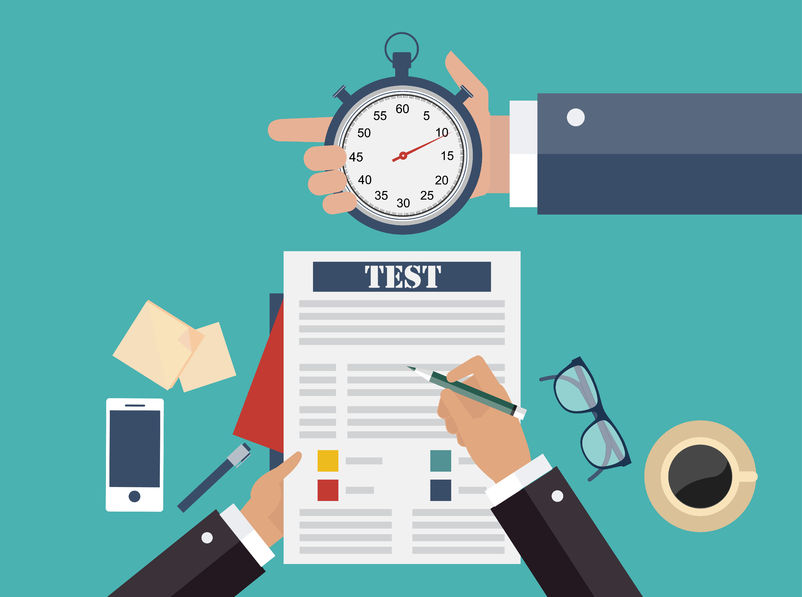Irving Weiner, who has written extensively regarding the Rorschach, contends that it endures unwarranted criticism. Weiner insists:
“Current literature reflects a persistent inclination in some quarters to denigrate the Rorschach Inkblot Method as an invalid and useless instrument for assessing personality functioning. Although perhaps warranted to some extent in years past, such harsh criticism of the Rorschach runs counter to abundant contemporary data demonstrating its psychometric soundness and practical utility.”i
There are some data demonstrating the Rorschach’s psychometric soundness. A 1999 study, for example, found that the validity coefficients of the Rorschach and the MMPI2 are approximately equal. ii These data, however, do not necessarily support Weiner’s claims of “practical utility” for the Rorschach. The 1999 study reviewed Rorschach data obtained from studies published in peerreviewed journals. As we at PsychLaw.net pointed out in prior sections, without satisfactory levels of interrater scoring consistency, peerreviewed journals will not publish Rorschach research.
Research teams working diligently to achieve satisfactory levels of Rorschach scoring consistency can succeed in doing so. Extrapolating from these data to how practicing psychologists score and interpret the Rorschach is illadvised. As we at PsychLaw.net also pointed out in prior sections of this Blog, it is necessary to discriminate between the “research” utility of the Rorschach, and its “field” utility. Compared to research psychologists, practicing psychologists typically do not have sufficient time available to hone their Rorschach scoring skills. We at PsychLaw.net feel that consequently, the “field utility” of the Rorschach most certainly does not even approximate its “research utility.” Claiming otherwise is tantamount to the first author contending that because we use the same make of clubs, his golfing prowess equals that of Tiger Woods!
Psychologists using the Rorschach may claim that their specialized training with this technique allows them to administer, score, and interpret it accurately. Supporting these claims would necessitate training that uses a criterion level for certifying Rorschach competence. A criterion level would define how sample Rorschach responses should be scored and interpreted. After reaching a predetermined level of scoring and interpretive accuracy, a psychologist could claim Rorschach competence. To the best of our knowledge, there are no Rorschach training programs designed to bring trainees to a defined level of accuracy. Claims of accuracy for scoring and interpreting therefore amount to totally unsubstantiated claims.
CrossExamining the Clinical Use of the Rorschach
- You claim that there are numerous studies published inpeerreviewed journals supporting your use of the Rorschach Correct?
- Without satisfactory levels of interrater scoring consistency,peerreviewed journals will not publish Rorschach research Correct?
- And we know that research teams working diligently to obtain satisfactory levels of Rorschach scoring consistency can succeed in doingso Correct?
- Compared to the research psychologists who publish Rorschach data, practicing psychologists do not have the time available to hone their Rorschach scoringskills Correct?
[THE FOLLOWING QUESTIONS ARE TAKEN FROM PRIOR SECTIONS]
- The psychologists participating in Rorschach research studies underwent specialized training to reach acceptable levels of interrater scoringconsistency Correct?
- What specialized training have you undergone to assist you in scoring the Rorschach in an acceptable manner?
[The vast majority of psychologists have not undertaken this kind of training.
Prior to crossexamination, check the psychologist’s c.v. for postdoctoral
training in the Rorschach]
- And the“field reliability” of the Rorschach refers to how practicing psychologists such as yourself use it Correct?
- You cannot cite any data published in apeerreviewed journal reporting the field reliability for the TRACS Correct? [or whatever other system the professional used].
- In other words, the extent to which practicing psychologists carefully comply with the TRACS scoring procedures [or any other scoring procedure] remainsunknown Correct?
- If the extent to which practicing psychologists carefully comply with the TRACS scoring procedure remains unknown, we do not know how carefully you complied with that scoringprocedure Correct?
- And if you resorted to your own idiosyncratic scoring method, your interpretations of the Rorschach in this case could differ from anotherprofessional Correct?
- Because assumptions about the interpretive accuracy of the Rorschach assume that it was scored properly and interpreted in a uniformmanner Correct?
- Other than accepting your claims, we have no way of knowing if you scored the Rorschach accurately in thiscase Correct?
- And if you scored the Rorschach inaccurately, you could misinform and mislead thisproceeding Correct?

